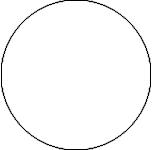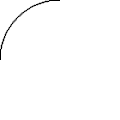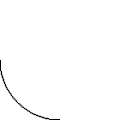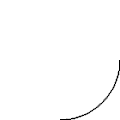Using MimeTeX 3
Brackets
As students advance through Maths, they come into contact with brackets. Algebraic notation depends heavily on brackets. The usual keyboard values of ( and ) are useful, for example:
This is written as:
$$ d = 2 \ \times \ (4 \ - \ j) $$
Usually, these brackets are enough for most formulae but they will not be in some circumstances. Consider this:
Is OK, but try it this way:
This can be achieved by:
$$ 4x^3 \ + \ \left(x \ + \ \frac{42}{1 + x^4}\right) $$
A simple change using the \left( and \right) symbols instead. Note the actual bracket is both named and presented.
Ellipsis
The Ellipsis is a simple code:
Written like:
$$ x_1, \ x_2, \ \ldots, \ x_n $$
A more practical application could be:
Question:
"Add together all the numbers from 1 38.
What is an elegant and simple solution to this problem?
Can you create an algebraic function to explain this solution?
Will your solution work for all numbers?"
Answer: The question uses an even number to demonstrate a mathematical process and generate an algebraic formula.
| Part 1: | Part 2. | Part 3. |
|
|
An algebraic function might read something like:
Where t = total and n = the last number. |
The solution is that, using the largest and the smallest numbers, the numbers are added and then multiplied by the number of different combinations to produce the same result adding the first and last numbers.
The answer must depend on the number, being a whole number. Therefore, the solution will not work for an odd range of numbers, only an even range. |
Geometric Shapes
There are two ways to produce geometric shapes, one is with circles and the other is with lines. Each take a bit of practice to get right, but they can provide some simple geometry. It may be easier to produce the shapes in Illustrator or Paint Shop Pro or any one of a number of other drawing packages and use them to illustrate your lessons, but sometimes, some simple diagrams in Moodle will do a better job.
Circles
Circles are easy to make.
| Circles are easily created, and only needs a number to determine how large the circle is.
To create the circle use $$ \circle(150) $$. This makes a circle of 150 pixels in diameter. |
Creating Arcs
Arcs are also easy to produce, but require some additional parameters. The same code structure used in circles create the basic shape, but the inclusion of a start and end point creates only the arc. However, notice where the 0 point is, not at the true North, but rather the East.
| $$ \circle(120;90,180)$$ | $$ \circle(120;0,90)$$ | ||
| $$ \circle(120;180,270)$$ | $$ \circle(120;270,360)$$ |

















